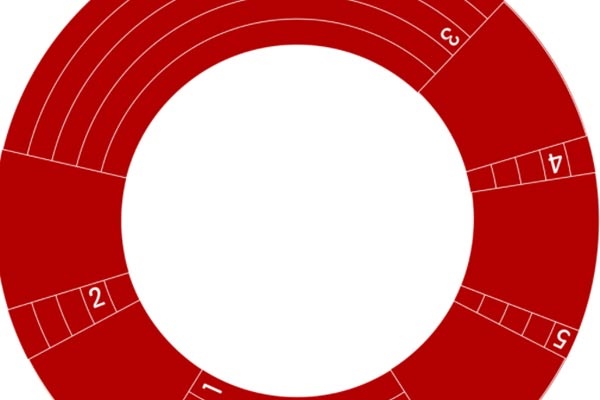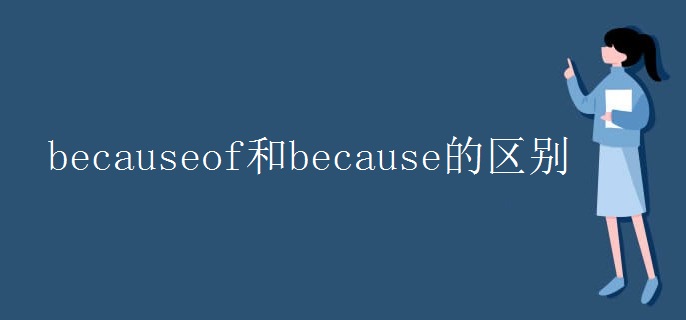比较级的变化规则 使用方法是什么
比较级是英语语法种十分常见的,比较级的变化是有规则的,下面就是变化规则、使用方法及句型整理,欢迎大家查阅下文。

比较级的变化规则
1、一般在词尾直接加er或est,例如,tall-taller-tallest,long-longer-longest。
2、以不发音的字母e结尾的单词在词尾直接加r或st,例如,nice-nicer-nicest。
3、以辅音字母+y结尾的词,把y变为i,再加er或est,例如,heavy-heavier-heaviest。
4、重读闭音节的双写尾字母加er(现在记住“大(big),胖(fat),热(hot),湿(wet),瘦(thin),伤心(sad),红色(red)后面都双写尾字母加er);
5、双音节或多音节(除以辅音字母加y结尾的)形容词(或副词)前面加more;
6、不规则变化:
many/much→more;little→less;good/well→better;bad→worse。
比较级的用法
1.表示"比…更",用比较级形容词+than+比较成分,than后主词的述语动词往往省略,非正式用法的than后的人称代名词可用受格。
2.表示"较…低; 不及…"用less+原级形容词+than+比较成分。
3.表示两者之中"较…",用the+比较级+of the two。
4.定冠词或指示形容词+比较级+名词表示比较。
5.有少数以ior结尾的形容词,如inferior(次于),junior(年幼的;下级的),posterior(之后),prior(之前),senior(年长的,上级的),superior(优于)等本身就有比较的意思,常与介系词to连用。
6.比较形容词能够被副词如a little(一点),much(得多),even(更为),still(更为),far(…的多)等修饰,但不可用very修饰。
比较级的句型
同级比较:
1.由“…as+形容词原型+as…”或“…as+形容词+名词+as…”构成。
My grandpa is as energetic as a young man.
I try to find as much information as I can about what happened.
2.由“…not so (as)+形容词或副词原型+as…”或“…not so (as)+形容词+名词+as…”构成。
Luckily,the weather is not so wet as it is today.
降级比较:
1.由“…形容词比较级+than…”构成。
He is more concerned about others than about himself.
2.由“…many/much more+可数/不可数名词+than…”
My friend earned much more money than I did last year.



